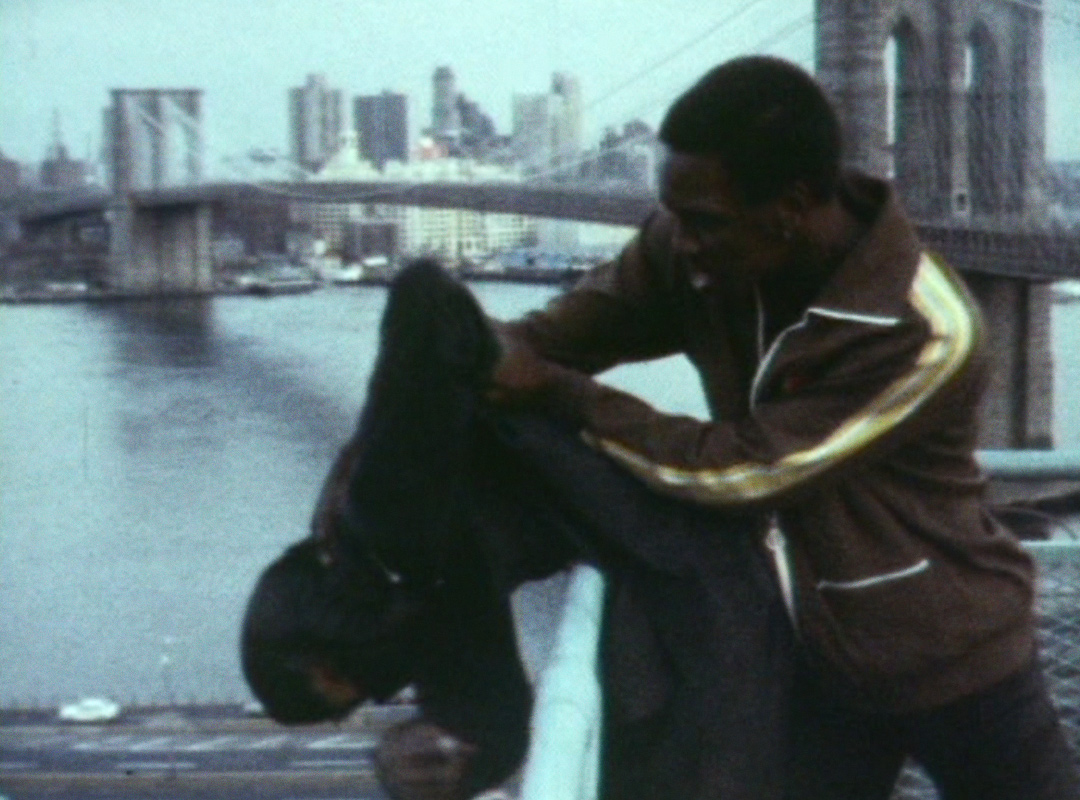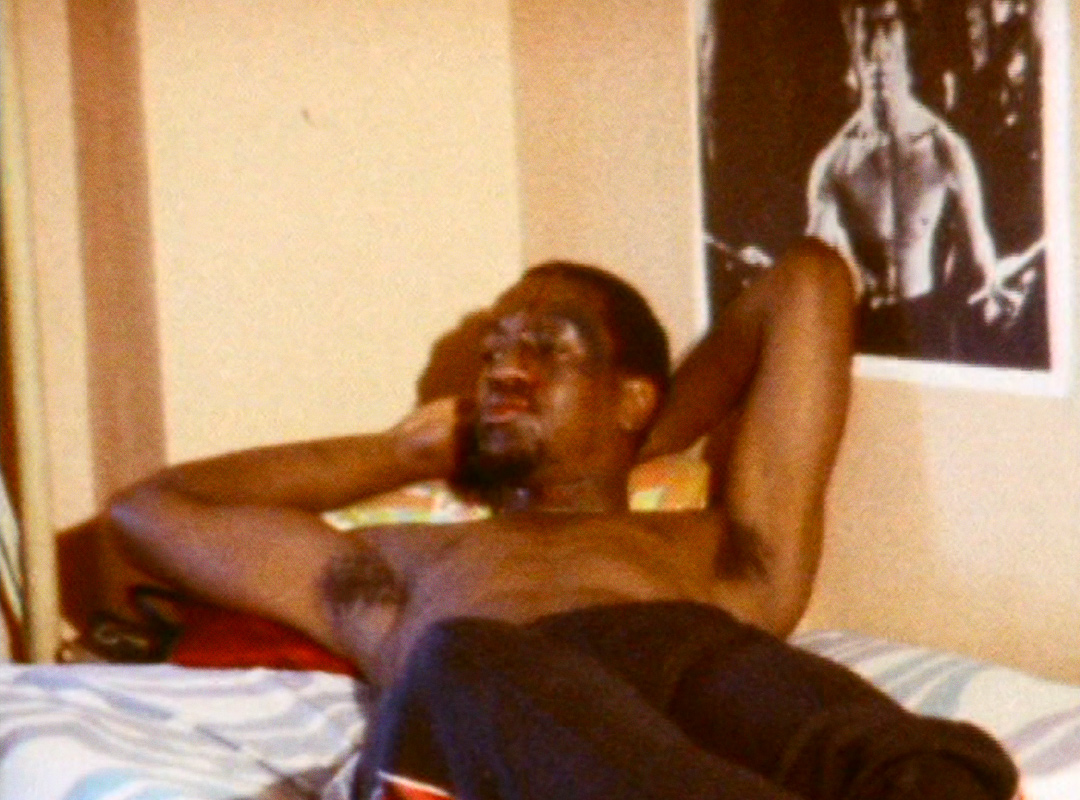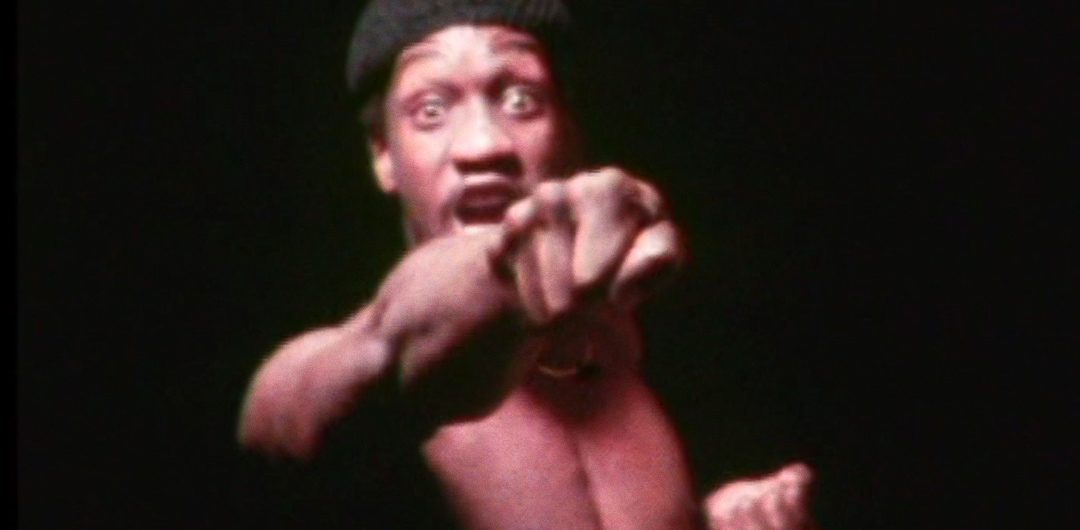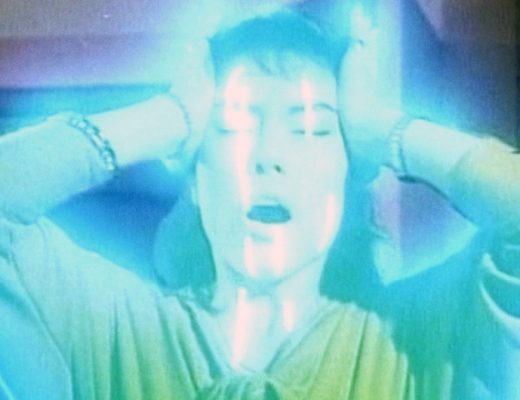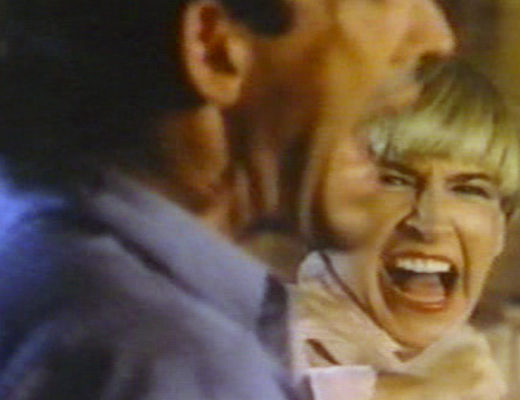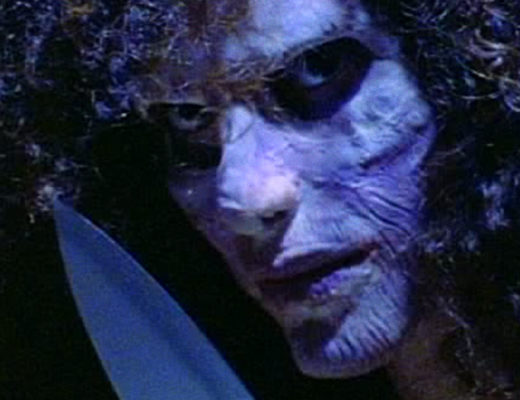Love it or hate it, New York City is a character. This city can be gruff or warm, silly or serious, hopeful or dangerous. It will smell like hot garbage and savagely take your money, but it will also provide the best and brightest humanity has to offer. Here you can pay $12 for swamp-colored juice, or you can go to a curious museum inside an elevator shaft. With millions of people bustling at its seams, New York City is a reflection of everyone—the grit, glamor, poverty, delight, sleaze, and strife. To me, there are few things more picturesque and engaging than New York City in the 70s. Perhaps I’m biased, but the city is a reliable character that always delivers a pitch-perfect performance. What would Taxi Driver be without the city? Would Mean Streets be as mean? Where would The Ramones play in The Blank Generation? In The Deadly Art of Survival, New York City plays a starring role, as does martial arts, disco, and an incredible set of 12-pack abs.
Nathan is in trouble. He gets beat by a gang and gets hassled by his mother. A drug kingpin is taking over his beloved streets, and worst of all, ninjas are involved. They poof in and out of scenes and deliver beatdowns. They also steal the tires off a car while the couple inside is making pants sandwich. Fucking ninjas! Nathan seeks revenge on the gang leader, who also happens to run Disco Dojo (“where martial arts meets style”). Justice must be restored to the streets, in the style of Bruce Lee.
Shot on gorgeous Super 8, The Deadly Art of Survival is less about the plot and more about the feeling. It is an intimate snapshot of life in New York City in 1979. The camera shakes and wobbles and chases Nathan down streets and around neighborhoods. Passersby stare and smile into the camera and unsuspecting children roam casually around the edges of the scenes. A fight scene happens next to some basketball courts and players just shrug it off—it’s just another day in the city where people are doing crazy shit, like filming a DIY, no-budget karate movie.
The dialogue is barely scripted and everyone seems relaxed on camera, as if they’re just shooting the shit and not shooting an actual film. Sometimes the camera zooms too closely on people’s mouths or accidentally aims at the floor or the sky. There’s a lengthy scene of people disco-dancing and lighting up the parquet floor. Multiple fight scenes go down in empty lots and handball courts around lower Manhattan. The Deadly Art of Survival is less karate and more cinéma vérité, all playing out beautifully near the Brooklyn Bridge. It’s also a product of its place and time. The film touches on subjects that plagued—and still plague—Black neighborhoods, including racial profiling and the threat of police brutality, drugs, and gun violence. These issues are not played out front and center, but rather just matter-of-factly part of the story. The Deadly Art of Survival is a reminder that film offers an intimate way to understand people and their experiences, something we need, always and forever. This is writer/director Charlie Ahearn’s first feature, and he’d go on to make Wild Style, which beautifully and iconically captures graffiti, street culture, and old school hip hop. Both films are perfect love letters to the city and the people in it, but only one has ninjas.
